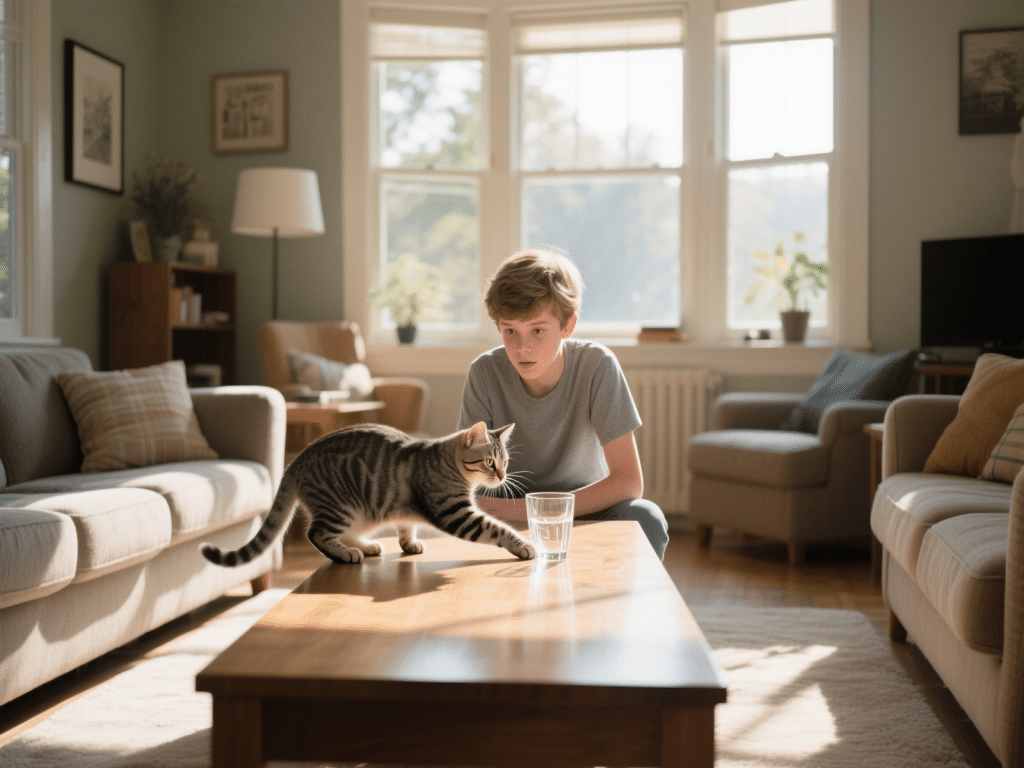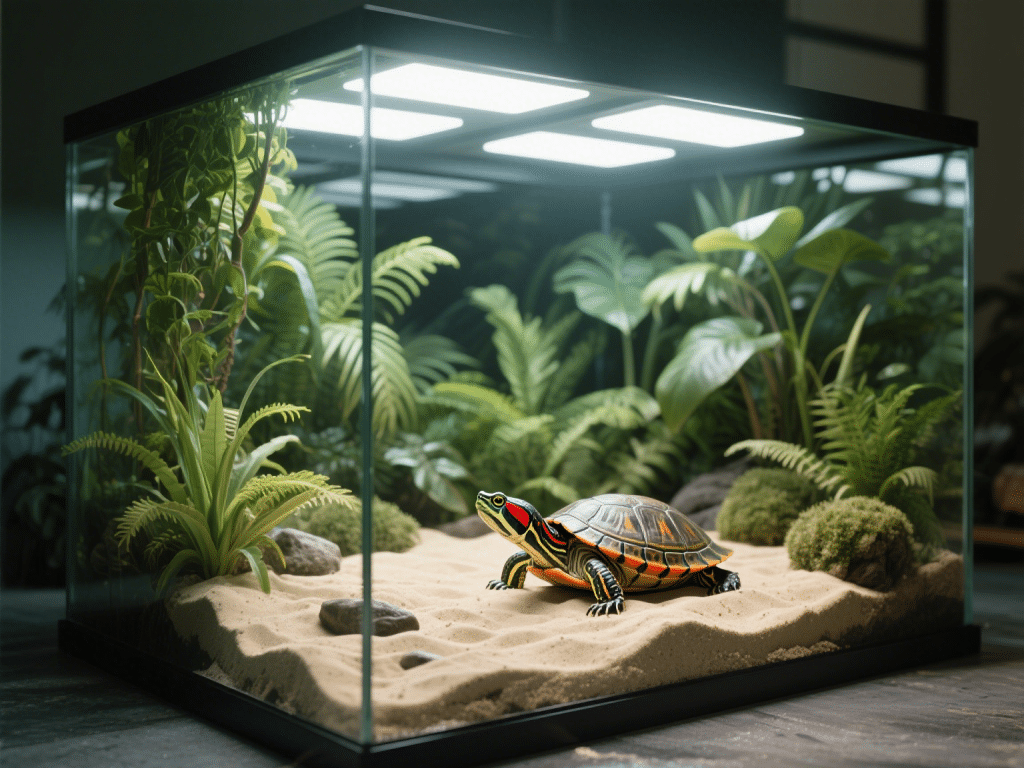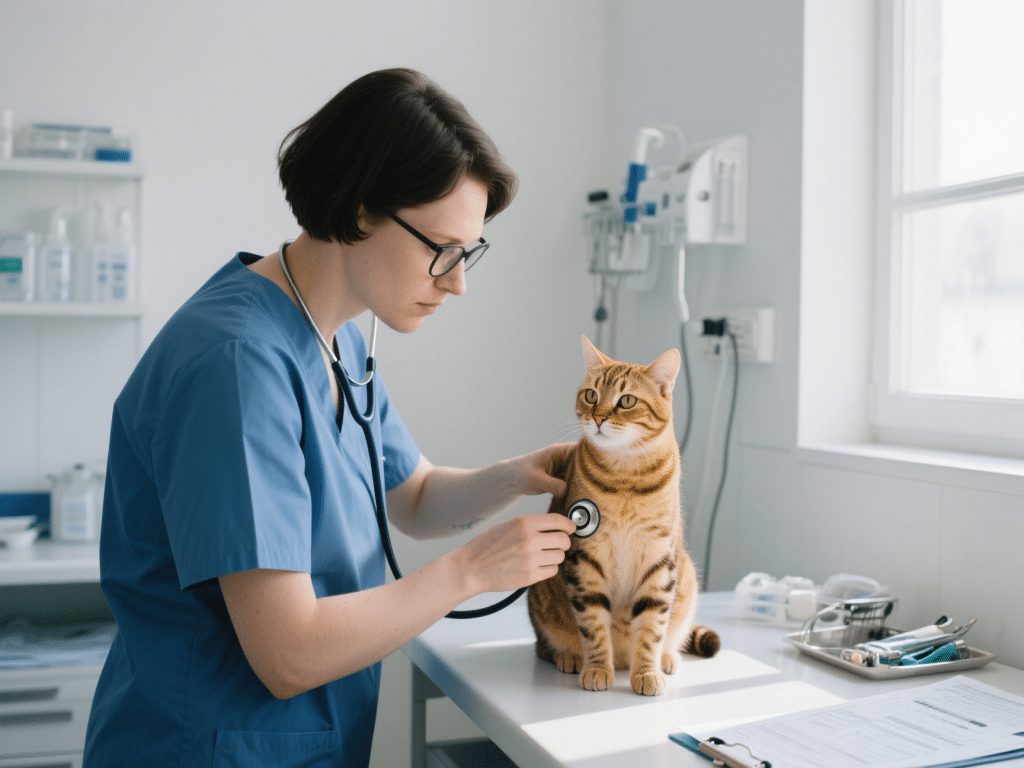Introduction
If you’ve ever wondered why your cat swats a glass off the counter or pushes a framed photo to the floor, you’re not alone. Knocking objects over is a classic feline behavior with multiple motivations—from hunting instincts to seeking attention. Understanding the reasons helps you respond without reinforcing unwanted habits.
Instinct & Curiosity
Predatory Instinct
Cats naturally use their paws to test and trap prey. In the wild, a paw swipe can bring a small rodent into view. Household objects become stand-ins for prey items.
A moving or reflecting object (sunlight on a glass) triggers a stalking and swiping response.
Sensory Exploration
Cats rely heavily on tactile feedback. Tapping an object reveals its weight, texture, and sound. The auditory feedback (clatter) satisfies their curiosity about how the environment responds to their actions.
Boredom & Entertainment
Indoor cats lacking enrichment may create their own entertainment. Knocking items over produces an immediate cause-and-effect reaction that many cats find engaging, especially if they receive attention afterward.
Attention-Seeking Behavior
If you rush to discipline or check on your cat after they’ve knocked something off a table, you inadvertently reward them with attention. Even negative attention is reinforcing if your cat craves interaction.
Persistent knocking may signal that your cat feels neglected or under-stimulated.
Territorial Marking
Cats have scent glands in their paws. Rubbing or tapping objects deposits pheromones, marking territory. Knocking objects off surfaces may serve a dual purpose: testing the object and leaving a scent mark.
How to Manage & Redirect
Environmental Enrichment
Interactive Toys: Provide puzzle feeders, treat balls, and automated toys to channel predatory energy.
Vertical Spaces: Install cat trees, shelves, and window perches to give your cat alternative surfaces for exploration and play.
Scheduled Playtime: Dedicate at least two 10–15-minute interactive sessions daily to tire out your cat mentally and physically.
Remove Temptations
Keep fragile or valuable items off low tables and counters. Use double-sided tape or silicone mats on surfaces to deter cats from jumping.
Provide designated play areas with safe climbing structures and toys near windows for stimulation.
Positive Reinforcement
Reward your cat when they choose toys or scratching posts instead of counters. Use treats and praise immediately to strengthen desirable behaviors.
Train “leave it” or “off” commands using clicker training—reward the cat when they comply to redirect their attention away from objects.
Ignore Unwanted Behavior
If your cat knocks something over and you know they’re not in danger, avoid reacting. Leaving the room calmly teaches them that knocking items does not garner attention.
If valuable items are at risk, block access to those areas temporarily using pet gates or by closing doors.
When to Consult a Professional
If knocking behavior is accompanied by other signs of distress—excessive vocalization, inappropriate elimination, or aggression—consult a veterinarian or a certified behaviorist to rule out medical causes or anxiety disorders.
For persistent, destructive knocking that endangers property or safety, a behavior modification plan may be necessary.
Conclusion
Knocking objects over is a natural feline behavior driven by instinct, curiosity, and sometimes attention-seeking. By enriching your cat’s environment, removing temptations, and reinforcing positive alternatives, you can reduce unwanted swatting while respecting your cat’s natural instincts. Understanding your cat’s motivations fosters a harmonious coexistence and keeps your breakables safe.










Comments on " Why Do Cats Knock Things Over? What It Really Means" :